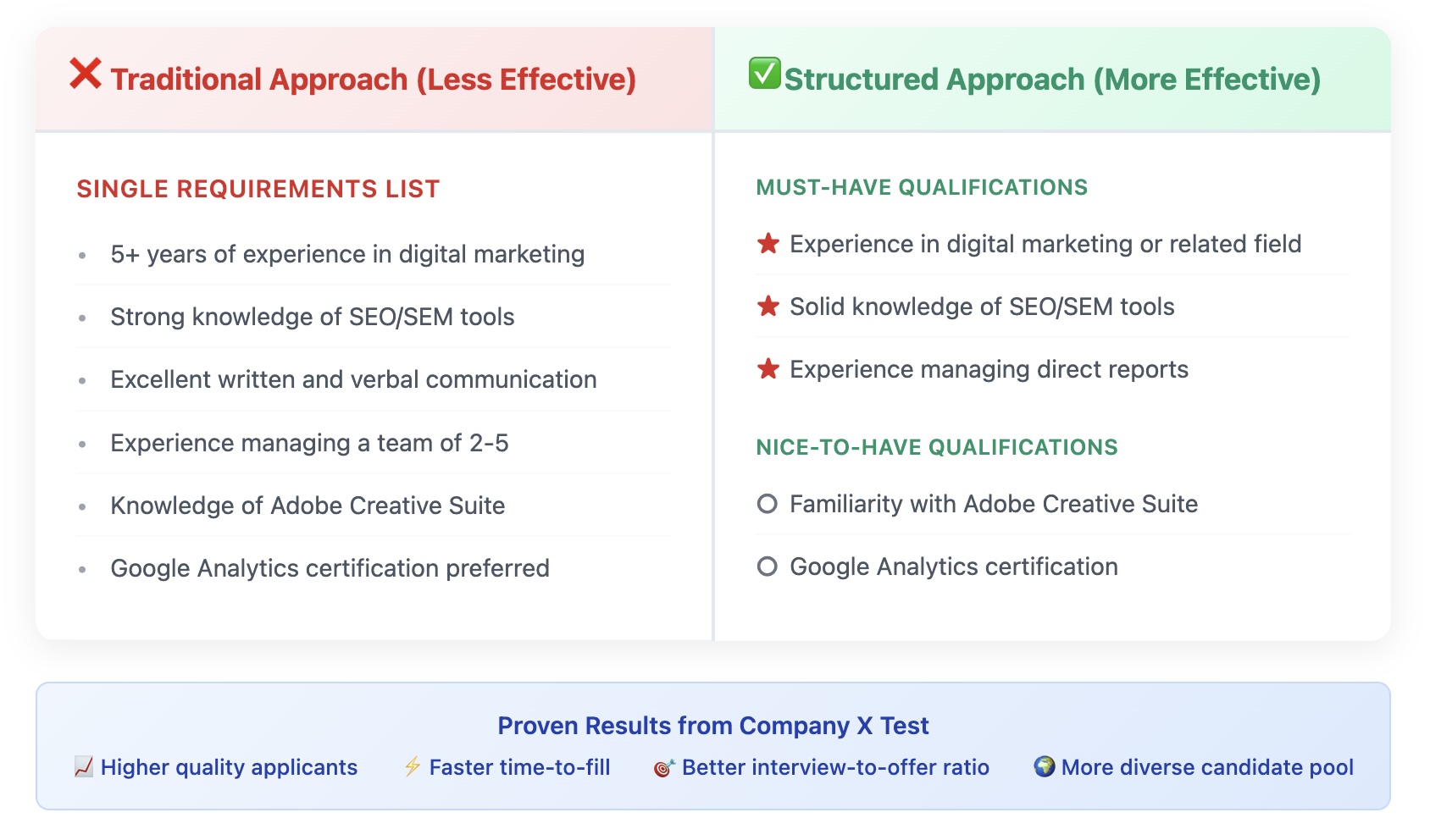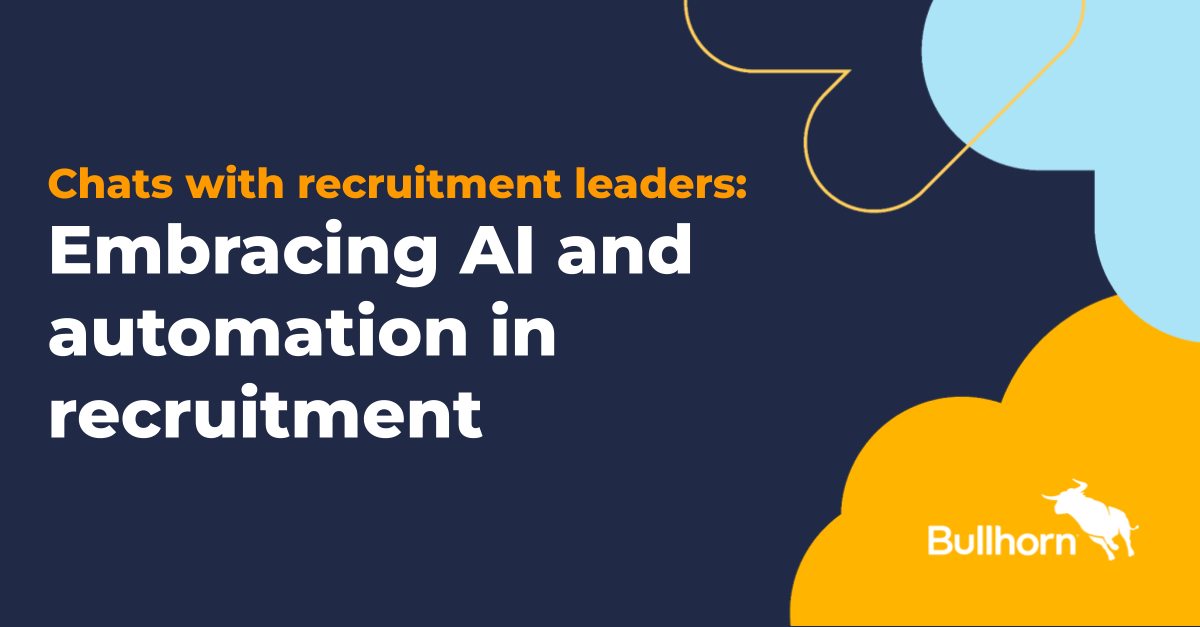Implementing a well-defined HR digital transformation roadmap is critical to deliver digital transformation benefits across HR functions. Without a plan, projects risk misalignment, budget overruns, and stalled adoption. A roadmap offers a structured approach to:
- Align HR initiatives with enterprise strategy to secure executive buy-in.
- Prioritise investments, allocate budgets, and plan resources effectively.
- Mitigate risks by phasing projects, setting realistic timelines, and managing interdependencies.
- Foster collaboration across HR, IT, finance, and business units through transparent communication.
This alignment ensures that every HR automation benefits project—whether automating onboarding workflows or deploying expense claim approvals—advances strategic objectives. By breaking initiatives into phases, organisations can pilot low-risk enhancements, gather user feedback, and refine solutions before scaling.
Timelines tied to clear milestones help manage expectations, while risk mitigation strategies, such as parallel testing environments, reduce compliance issues and system downtime.
Cross-functional teams benefit from a shared framework that clarifies roles, responsibilities, and success metrics. Regular roadmap reviews keep stakeholders informed of progress and upcoming phases, enabling agile adjustments and continuous improvement. Ultimately, a roadmap transforms digital transformation benefits from abstract goals into actionable plans that drive measurable business value.
For example, using the MiHCM suite, organisations can begin with MiHCM Lite to automate core workflows like Efficient HR Requests and Approvals and Employee Self-Service. As needs evolve, they can scale to MiHCM Enterprise, adding global payroll and compliance.
Integrating MiHCM Data & AI and Analytics offers predictive insights, while SmartAssist provides intelligent decision support—all mapped within the hr digital transformation roadmap.











